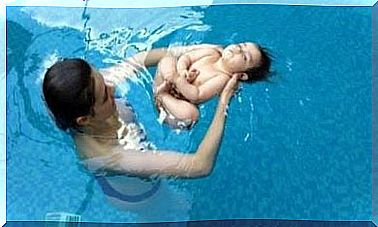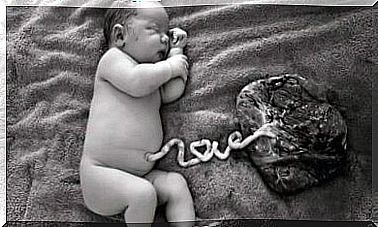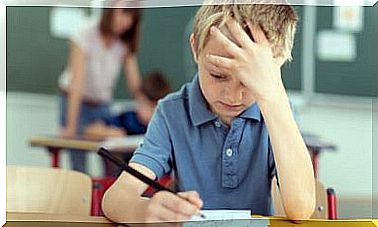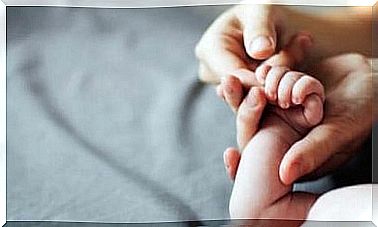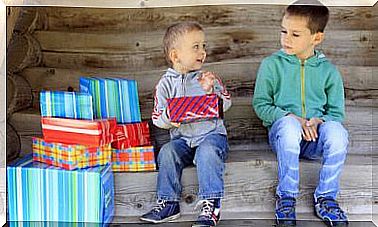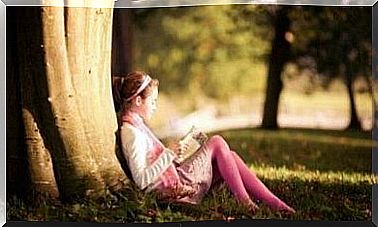What Do Personalized Learning Environments Consist Of?
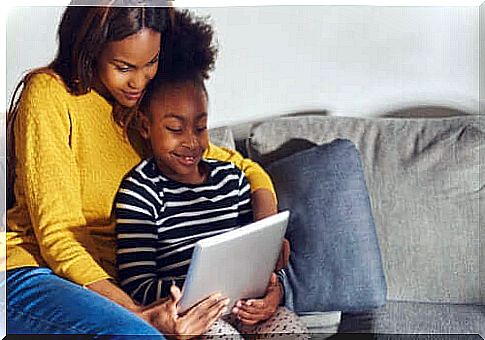
When we talk about APA or, in other words, personalized learning environments, we are referring to a new way of understanding the teaching-learning process. The pedagogical approach of the APA alludes not only to the content, to what the pupil learns, but also to the way in which he learns it, to where and with whom.
What are we referring to when we talk about APA?
For a large proportion of experts in this field, APAs are limited to the realm of technology. Nonetheless, according to the most recent opinions, the personalized learning environments a person uses to learn go beyond the world of technology.
Generally speaking, personalized learning environments are considered a pedagogical concept, a useful practice for learning that makes use of technology. Wanting to look for a specific definition, we could adopt the one developed by Linda Castañeda and Jordi Ardell.
According to them, APAs are a set of tools, sources of information, connections and activities that each person regularly uses in their learning process.
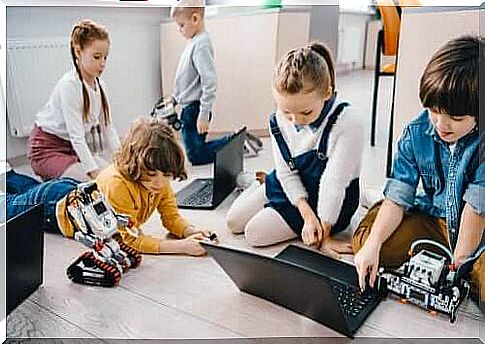
In other words, the personalized learning environment encompasses both the sources a person consults to inform themselves and the people who serve as a point of reference and the connections that are made between these people.
How can we build an adequate APA?
To begin with, we need to understand from the outset that each of us has our own personalized learning environment. That is to say that the APA is not a tool, but the context in which our learning develops.
The most important aspect, the one on which we need to focus our attention, is how we need to properly organize our APA. For this purpose, just as Linda Castañeda explains to us, we must know how to manage the different personal and digital tools, as well as knowing how to manage our learning opportunities.
Furthermore, a good personalized learning environment must have three types of essential elements:
- Reading tools and strategies. The sources of information to which the pupil has access and which offer him this information.
- Reflection tools and strategies. The contexts in which the pupil can transform information.
- Relationship tools and strategies. This latter element will be included in what is called the Personal Learning Network and refers to the contexts in which the pupil relates to other people from whom he learns or with whom he learns.
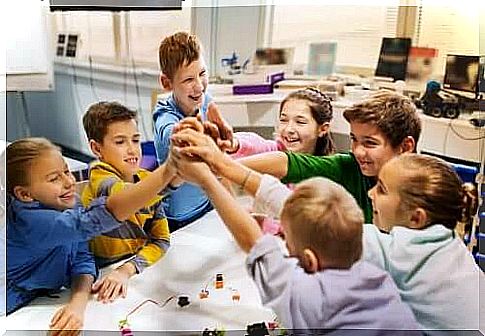
What do we get from personalized learning environments?
In principle, personalized learning environments do not have the sole function of organizing and structuring knowledge. APAs, through their role as facilitators of the teaching-learning process, do not limit themselves to allowing us to enjoy collective and public knowledge, but also promote citizen participation, through the sharing and creation of new knowledge.
Likewise, without any doubt, APAs help us to develop new digital skills, as well as to meet and get in touch with different people in our environment and, in this way, to discover other points of view and innovative ideas.
Ultimately, APAs are the set of information sources, tools, services and communities of people that help us give direction to our own learning, at the same time we exchange and share information and experiences.
